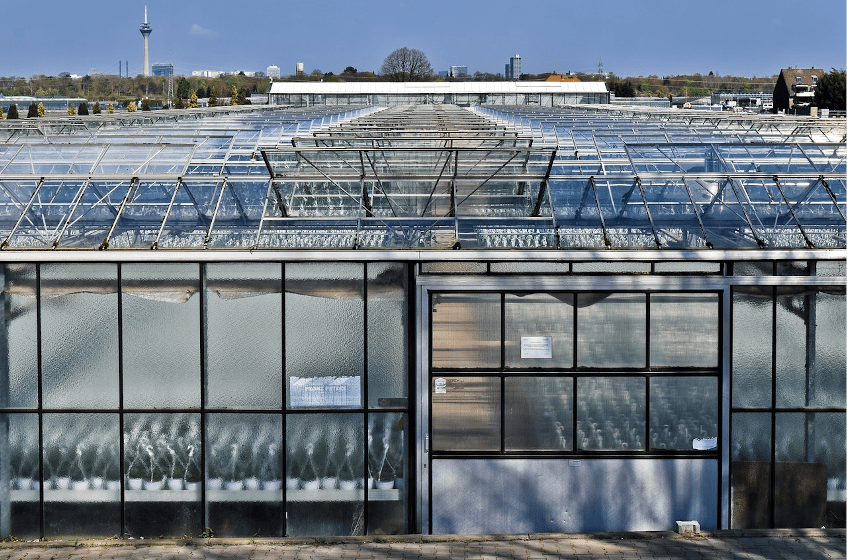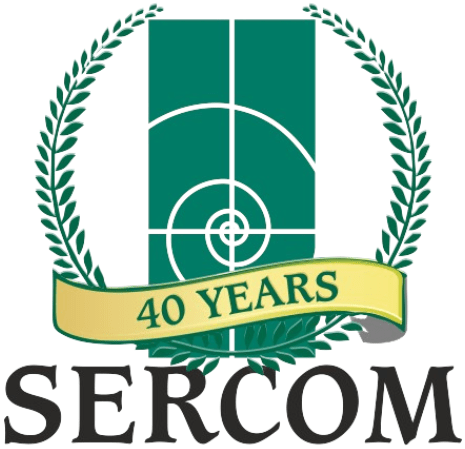Air Monitoring
Air Monitoring, the system developed for monitoring the quality of greenhouse air by EMS, CropEye and SERCOM has been nominated for the Horti Fair Innovation Award 2012. Is the concentration of harmful gasses in the greenhouse too high? The system offers growers the possibility to take measures promptly. The quality and the production of the crop can be improved considerably.
In the past few years, production and quality losses of 10 – 20% have been reported in practice due to unwanted gasses in the greenhouse air. The growth and development of a crop can be seriously inhibited if the concentration of ethylene and NOx in the greenhouse air rises too high. These harmful gasses derive from the flue gasses used to dose CO2 or from equipment with a combustion engine being used in or near the greenhouse.
Five gasses

The Air Monitoring system offers growers the possibility to monitor the composition of the greenhouse air and to take steps promptly when the concentration of harmful gasses rises too high. Air Monitoring consists of the MAC View®-Greenhouse Gas Analyser from EMS and a module on the climate computer from SERCOM. The MAC View®-Greenhouse Gas Analyser is an extremely sensitive measurement instrument to monitor five gasses: NO, NO2, C2H4, CO and CO2. When levels threaten to exceed the risk limits, it is time to take action. Such as stopping the CO2 dosing and/or ventilating more. By linking the MAC View®-Greenhouse Gas Analyser to the Sercom climate computer, this step can be automated.
With Air Monitoring growers have a new instrument in hand to control the quality, along with temperature, RH and light. On the one hand, the MAC View®-Greenhouse Gas Analyser can be used to better match the CO2-dosage to the crop’s requirements. On the other, growers with Air Monitoring can avoid opening ventilation windows unnecessarily to rid the greenhouse of those gasses. This also leads to better use of energy in the greenhouse.
Research
Air Monitoring was developed by EMS, SERCOM and innovation director CropEye. It’s the result of 5 years of research by the AirQ Innovation Platform. This research documented the prevailing concentrations of gasses in the greenhouse and what their effect on the crop is. Knowledge was gathered and a system developed to prevent excesses above the risk limits. The research was partly financed by the Kas als Energiebron (Greenhouse as Energy Source) programme and GasTerra. Close collaboration with horticultural entrepreneurs, advisory organisations and knowledge institutions was involved in the development of Air Monitoring.


